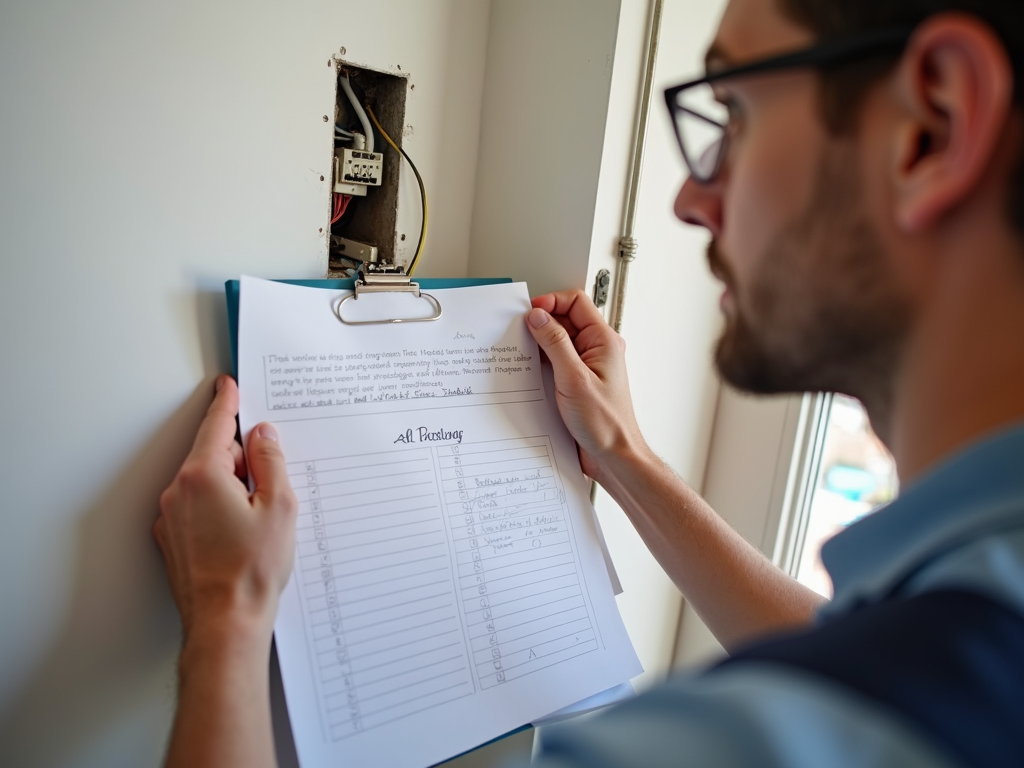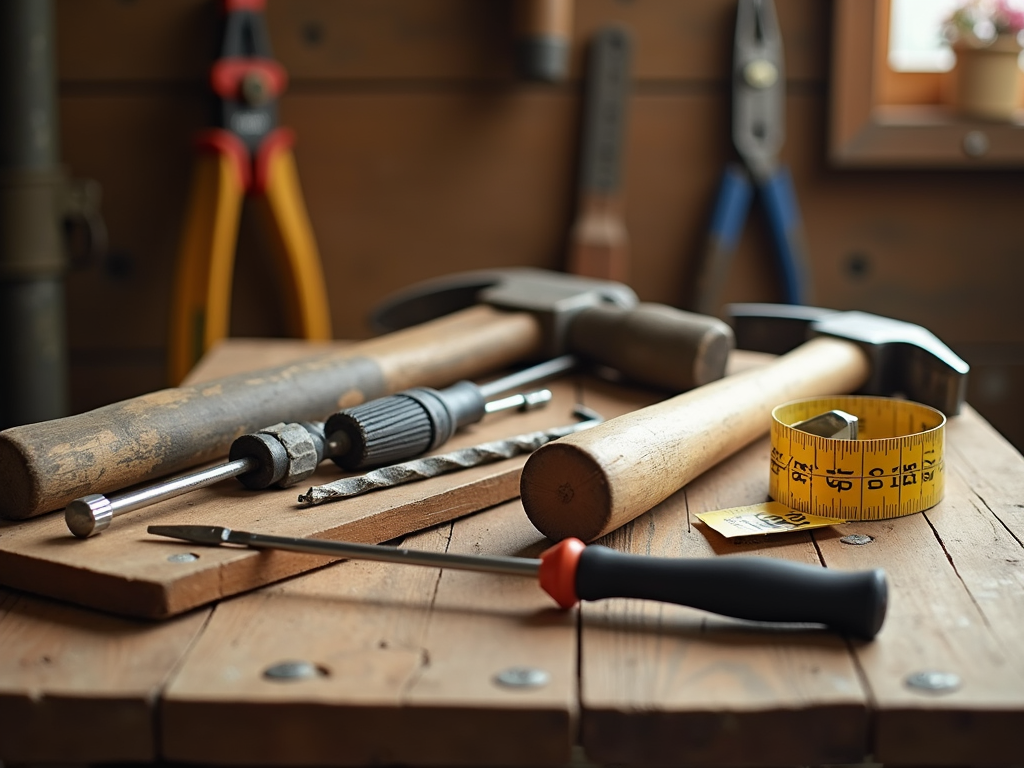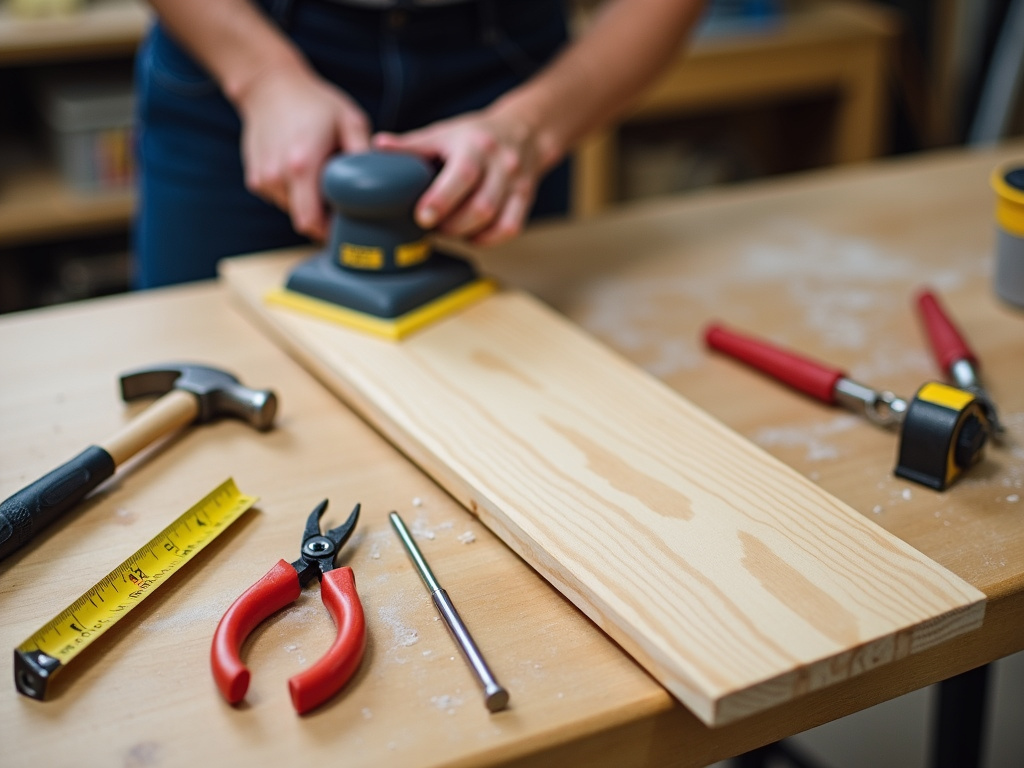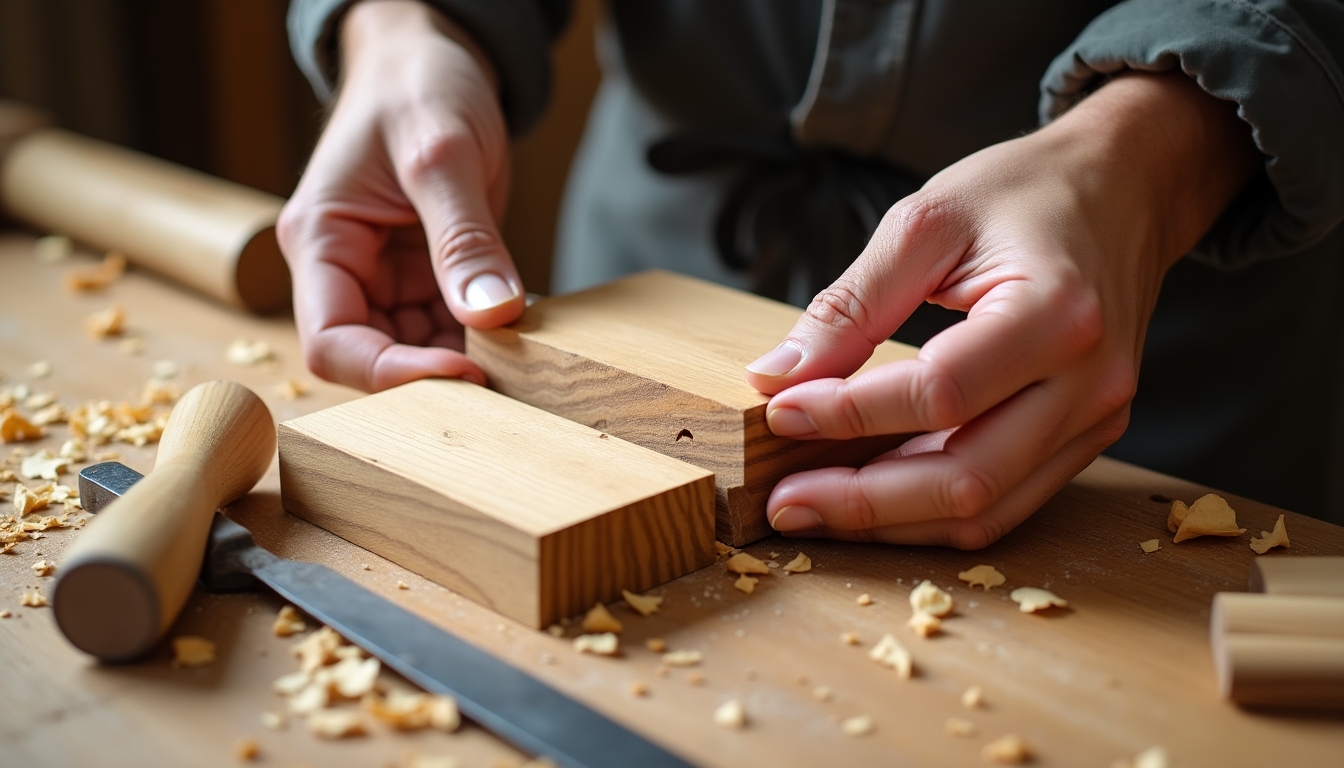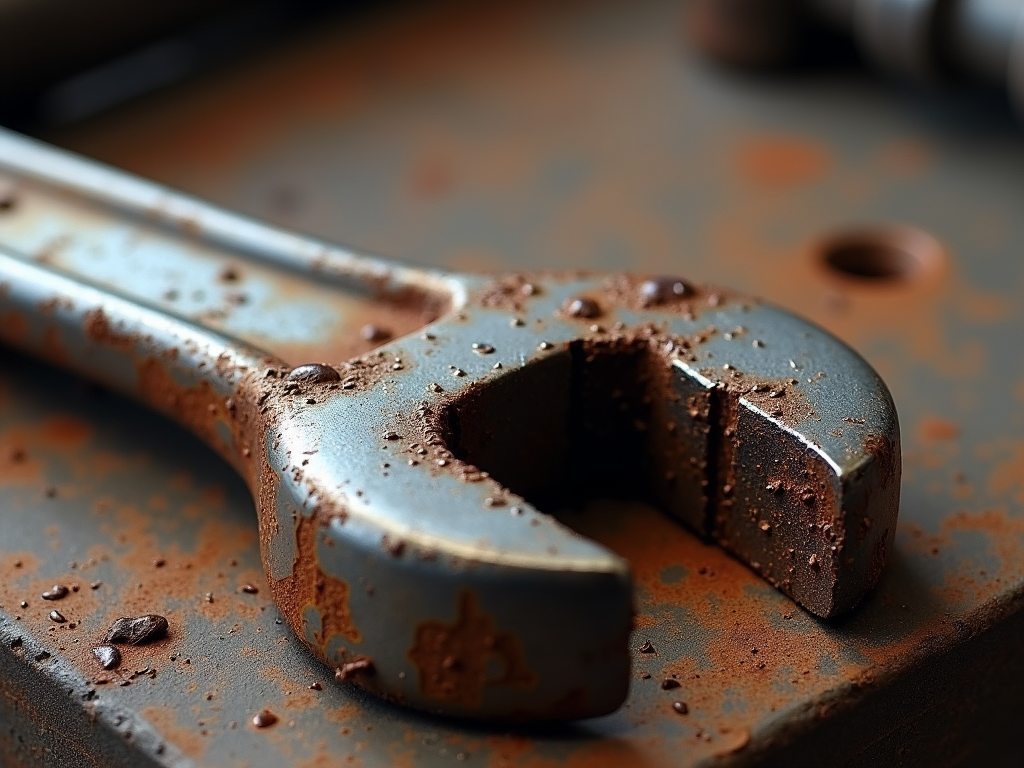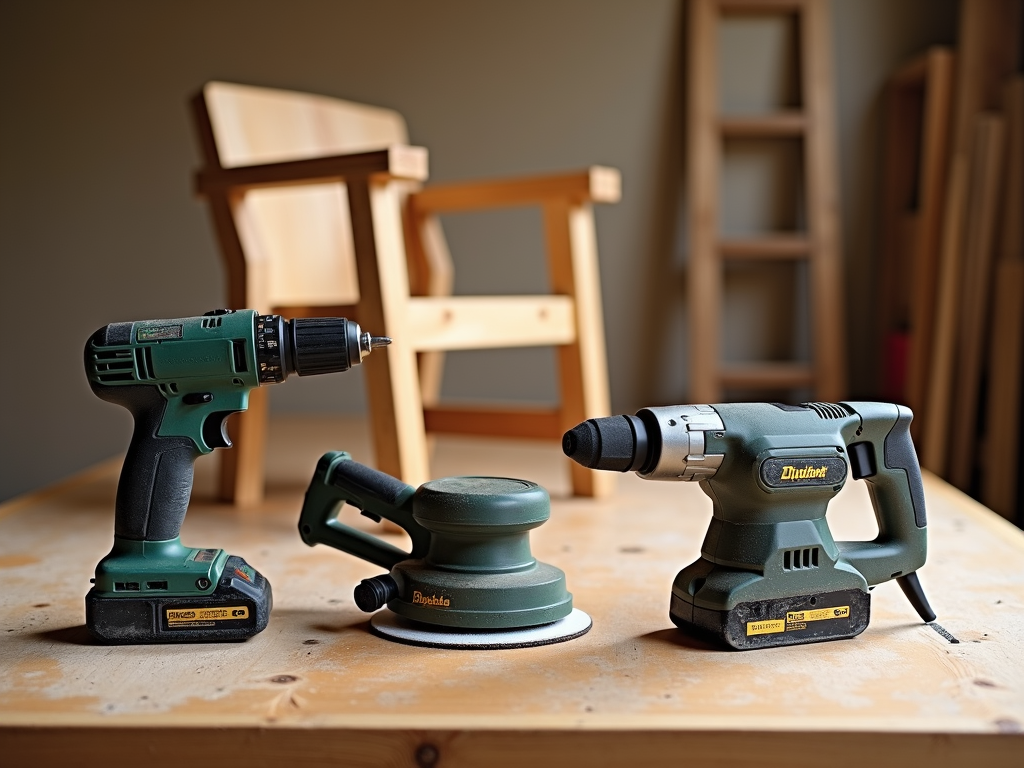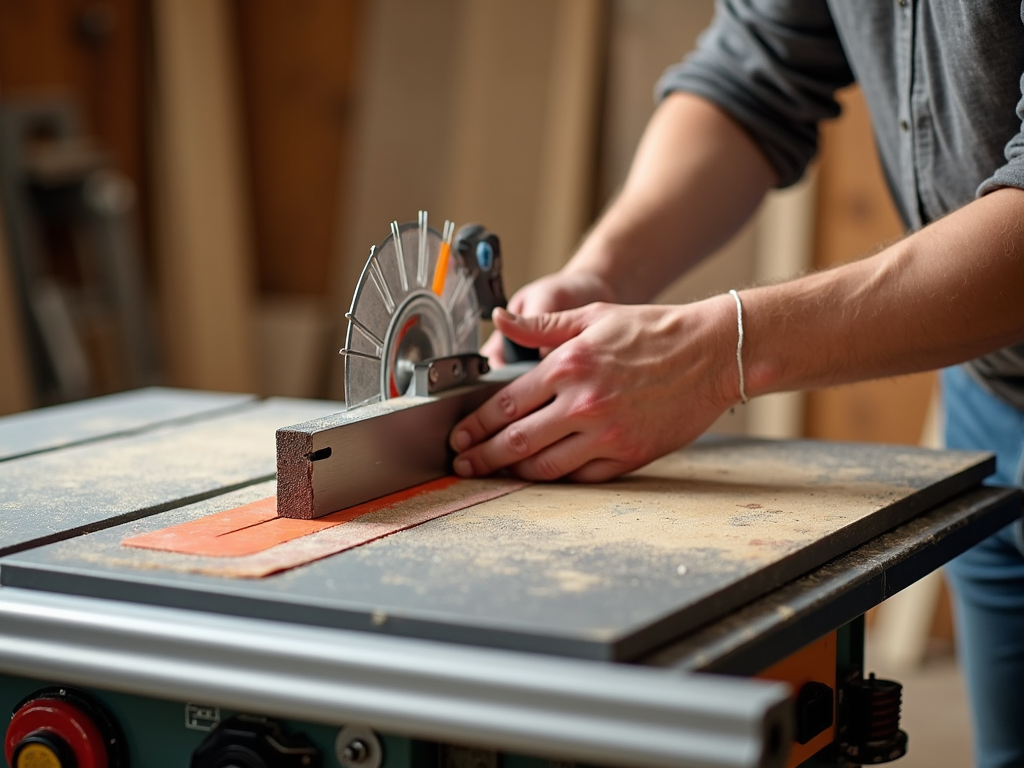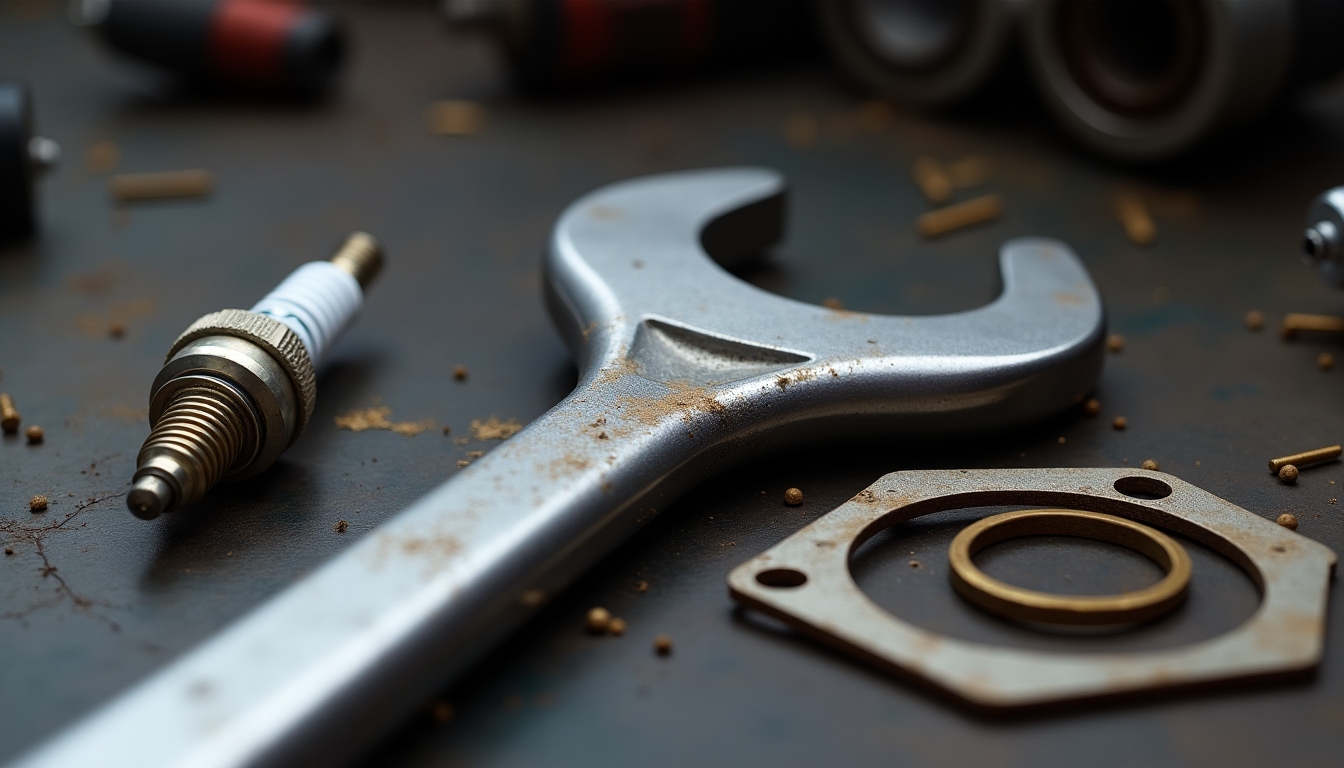Overview
Every craftsman, whether just starting out or well-experienced, needs a solid set of tools to tackle any job. This guide breaks down The Beginner's Guide to Essential Workman Tools, shining a spotlight on how to use them safely and effectively. We’ll dive deep into wrenches—a must-have in any toolkit—and cover the basics every beginner needs to know. Ready to kick off a DIY project or explore a trade? Let’s get started.
What Are Essential Workman Tools?
Essential workman tools are the go-to gear every craftsman keeps close. They’re tough, versatile, and built to handle all sorts of tasks. Think hammers, screwdrivers, pliers, and wrenches—these are the backbone of any toolkit. You don’t need to be a pro to use them either. Hobbyists and weekend warriors can get just as much out of mastering these basics.
The beauty of these tools? They’re simple but powerful. A hammer drives nails, a screwdriver secures screws, and pliers grip or cut. Wrenches, though, deserve extra attention—they’re game-changers for tightening or loosening nuts and bolts. Having the right tools means you’re ready for anything, from fixing a leaky pipe to building a bookshelf.
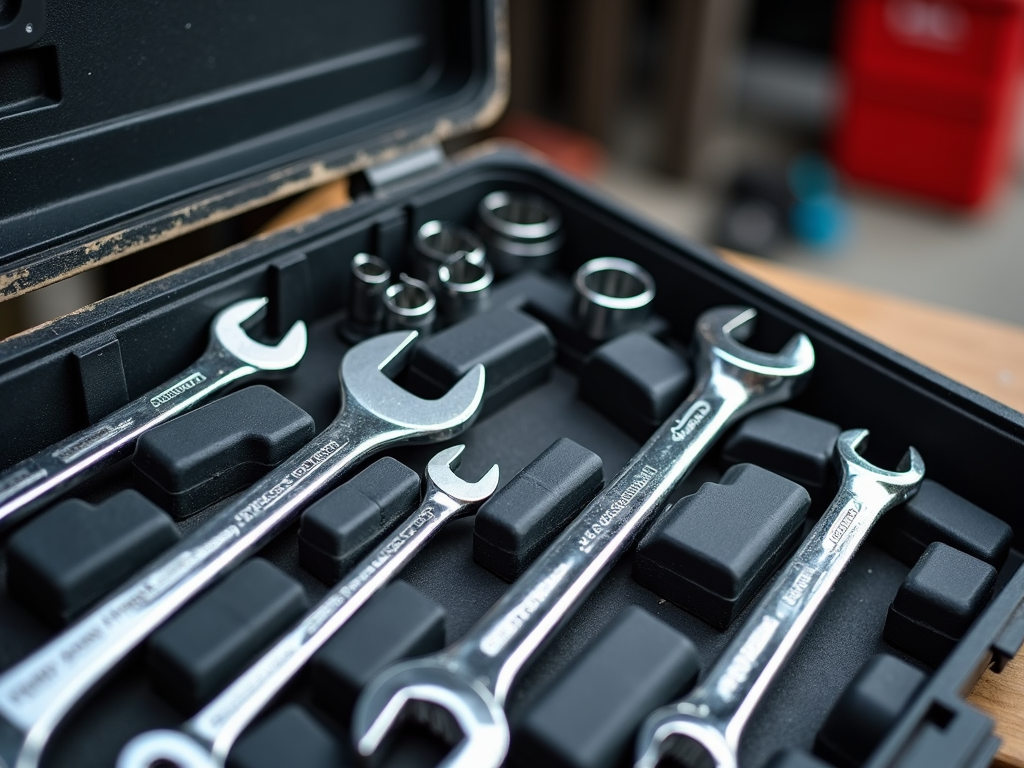
Why Wrenches Are a Must-Have
Wrenches stand out in the world of workman tools. They’re your best friend for twisting nuts and bolts, whether you’re piecing together furniture or tweaking a car engine. Different types fit different jobs, and knowing them can save you a lot of hassle. Here’s a quick rundown:
- Adjustable Wrenches: These flex to fit all kinds of sizes. Super handy when you’re not sure what you’ll face.
- Socket Wrenches: Perfect for tight spots, with swappable sockets for different bolts.
- Torque Wrenches: These let you tighten just right—not too loose, not too tight.
Want to dig deeper into wrench types? The Massachusetts Institute of Technology has a great guide that breaks it all down. Wrenches aren’t just tools—they’re problem-solvers every beginner should master.
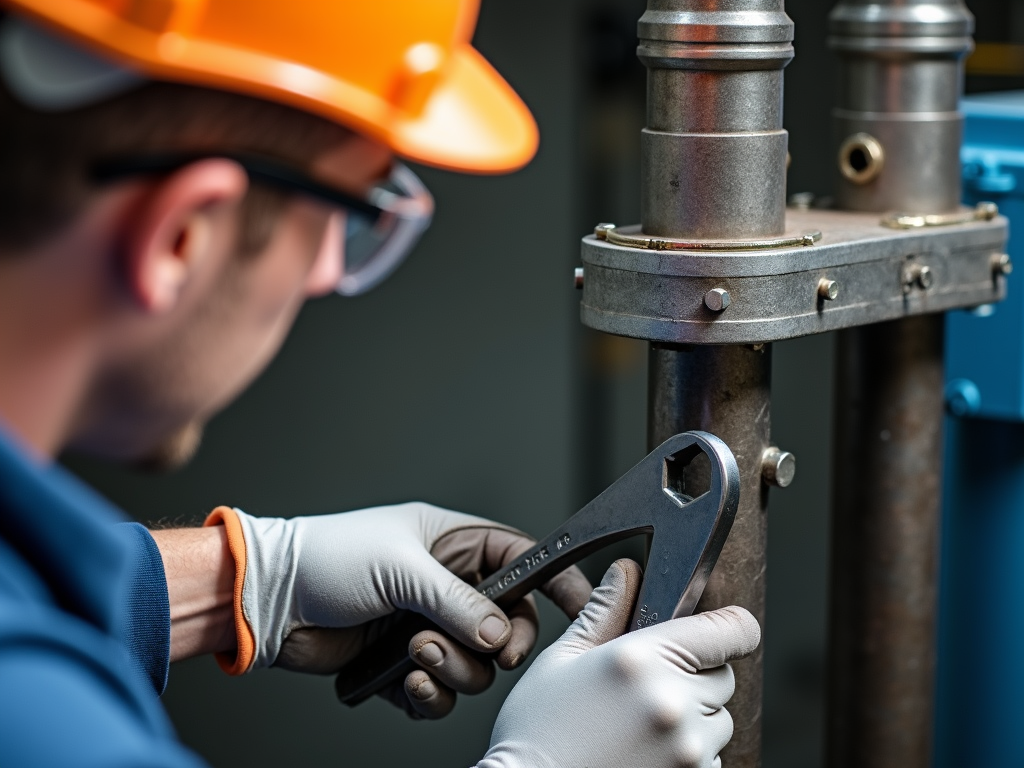
How to Use Wrenches Safely
Safety comes first when you’re working with tools. Wrenches might seem straightforward, but a slip can mean a scraped knuckle or a ruined bolt. Here’s how to use wrenches safely and keep things smooth:
- Pick the Right One: Match the wrench to the job. Wrong size? You’re asking for trouble.
- Check It First: Look for cracks or wear. A beat-up wrench can snap and hurt you.
- Go Easy: Push or pull steady—don’t jerk or overdo it. Too much force messes up the nut.
- Gear Up: Safety glasses and gloves shield you from surprises like flying bits.
I learned this the hard way once. Early on, I grabbed an adjustable wrench for a stubborn bolt. It slipped, rounded the bolt, and left me stuck. Now, I double-check my tools and take my time. For more safety know-how, peek at the OSHA guidelines on hand tools—it’s gold.
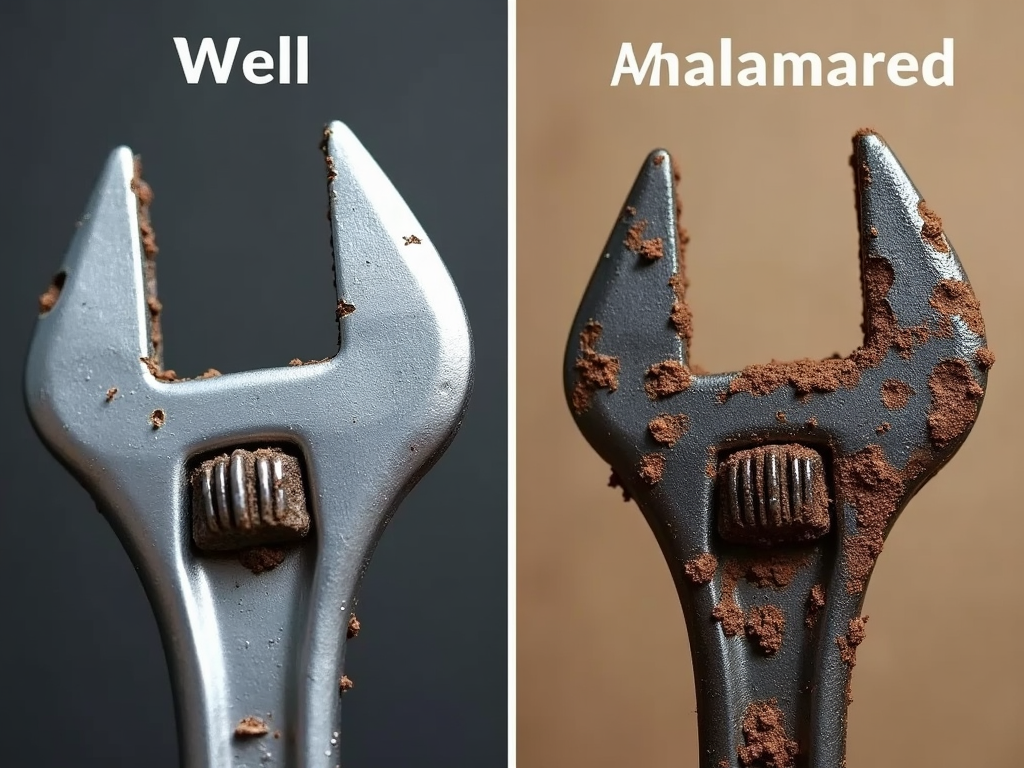
Beyond Wrenches: Other Key Tools
Wrenches are stars, but a full toolkit needs more players. Here’s what else belongs in your lineup:
| Tool | Main Use | Safety Tip |
|---|---|---|
| Hammer | Drives nails, breaks stuff | Watch your fingers |
| Screwdriver | Secures screws | Use the right tip size |
| Pliers | Grips, bends, cuts | Keep a firm hold |
| Measuring Tape | Measures lengths | Lock it before cutting |
Each tool has its quirks. Hammers, for example, can send bits flying—safety glasses are a must. Screwdrivers need the right fit, or you’ll strip the screw. These basics, paired with wrenches, set you up for most projects.
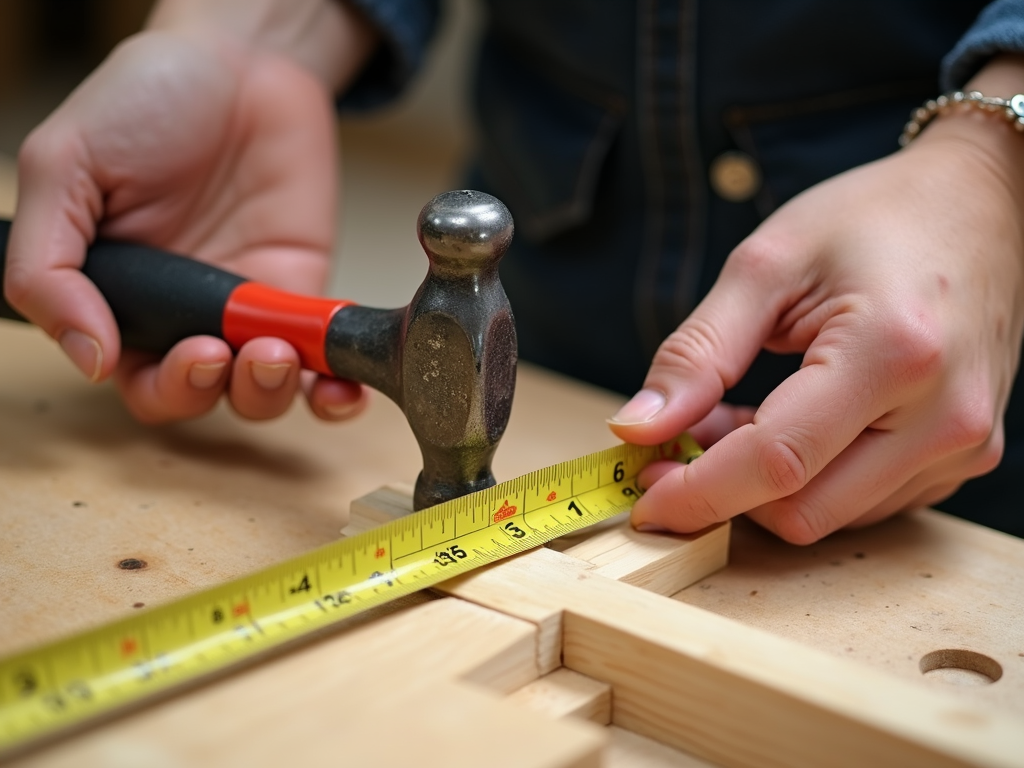
Keeping Your Tools in Shape
Good tools last if you treat them right. Maintenance isn’t fancy—it’s wiping them down, storing them dry, and checking for wear. A rusty wrench or dull pliers won’t do you favors. I keep mine in a toolbox with silica packs to fight moisture. The National Institute for Occupational Safety and Health (NIOSH) has solid tips on this—worth a look.
Tips for Newbies
Starting out can feel overwhelming, but it doesn’t have to. Start with small fixes—like tightening a loose chair leg—to get comfy. Watch a few videos or ask a friend who knows their stuff. And don’t skimp on quality. Cheap tools break fast; solid ones stick around.
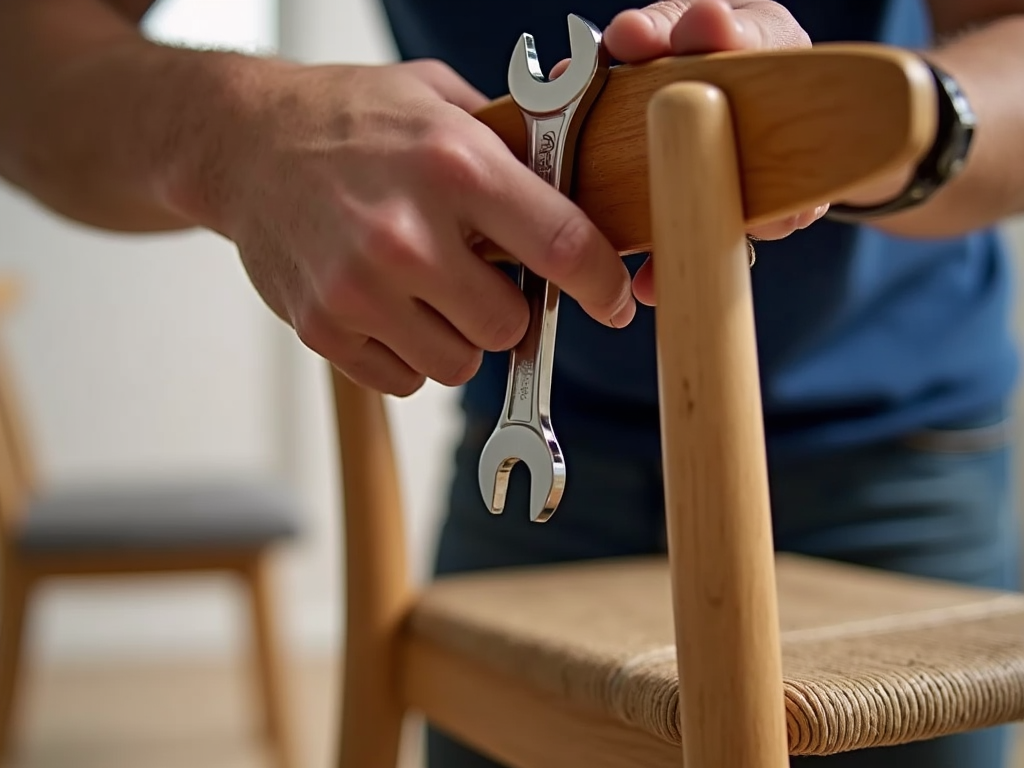
Mistakes to Dodge
Even pros slip up, but beginners especially need to watch out: - Wrong Tool, Wrong Job: A mismatched wrench can wreck your project. - Skipping Safety: No glasses? One chip can blind you. - Forgetting Upkeep: Rusty tools fail when you need them most.
I’ve been there—rushing without gloves once cost me a nasty cut. Slow down, gear up, and keep your tools clean. It’s simple but saves headaches.
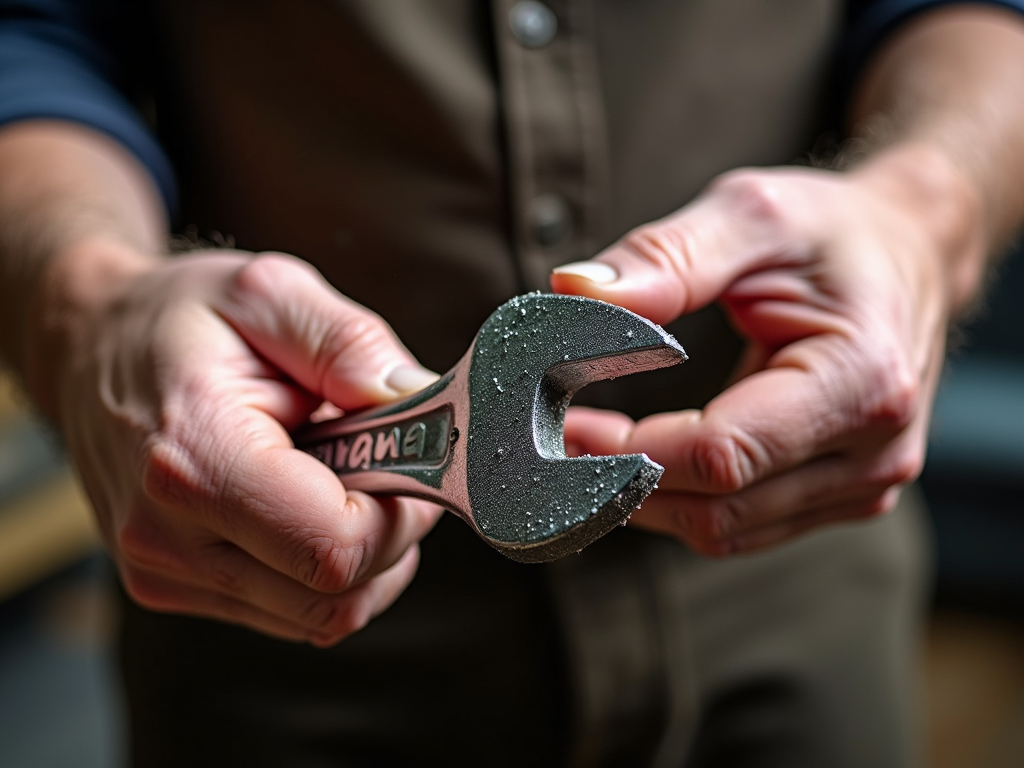
Wrapping Up
Getting the hang of essential workman tools is all about starting small and staying safe. Wrenches lead the pack, but hammers, screwdrivers, and more round out your kit. Practice makes it easier, and good habits—like maintenance—keep you going. You’ve got this—now grab a tool and build something!
Related The Beginner's Guide to Essential Workman Tools:
- Staying Safe with Hand Tools
- Understanding Multimeters: Features and Usage
- How to Choose the Right Electrical Tools for Your Project
- DIY Projects You Can Tackle with Basic Hand Tools
- Beginner’s Guide to Fixing Common Plumbing Issues
- Top 10 Must-Have Tools for DIY Beginners
- Advanced Woodworking Techniques for Enthusiasts
- How to Maintain and Store Wrenches: A Comprehensive Guide
- How to Choose the Right Power Tool for Your Project
- Understanding OSHA Safety Regulations for Construction Sites
- The Ultimate Guide to Table Saws with User-Friendly Features
- Understanding Torque Wrench Basics


